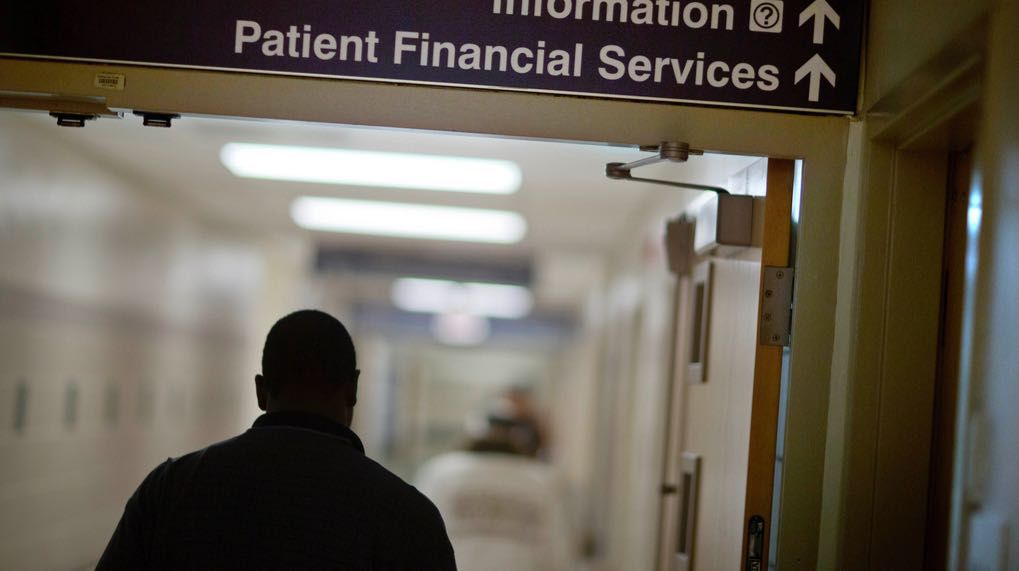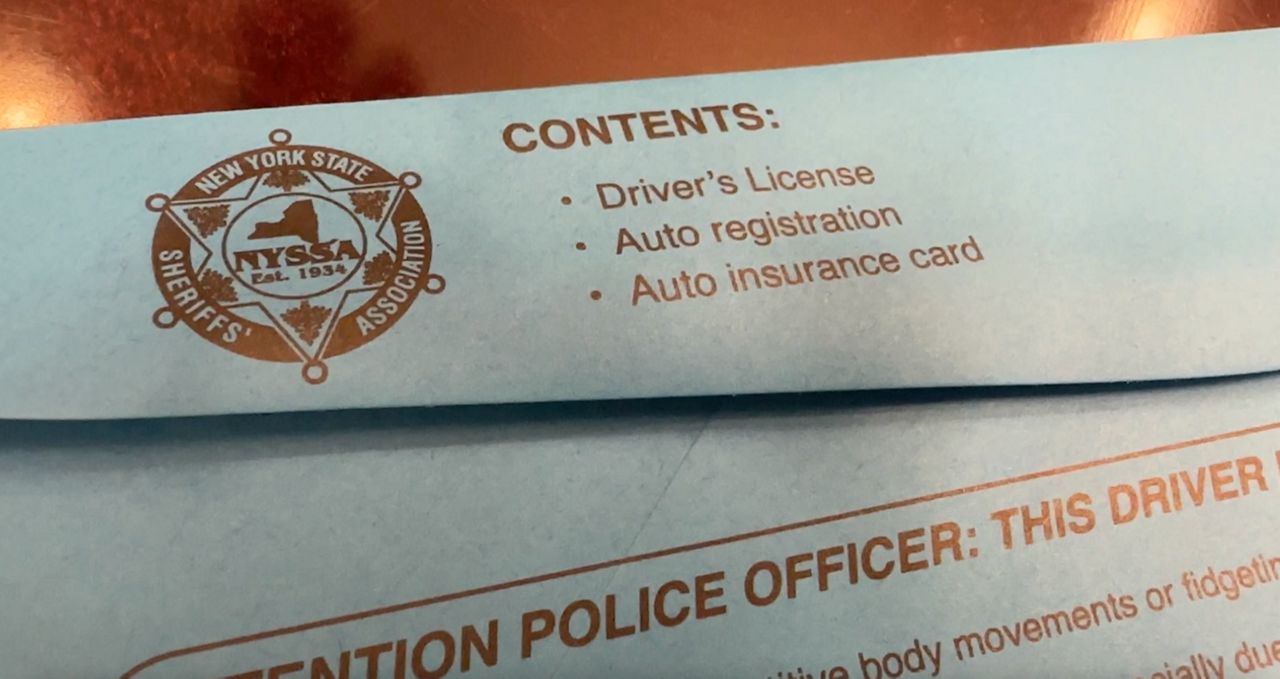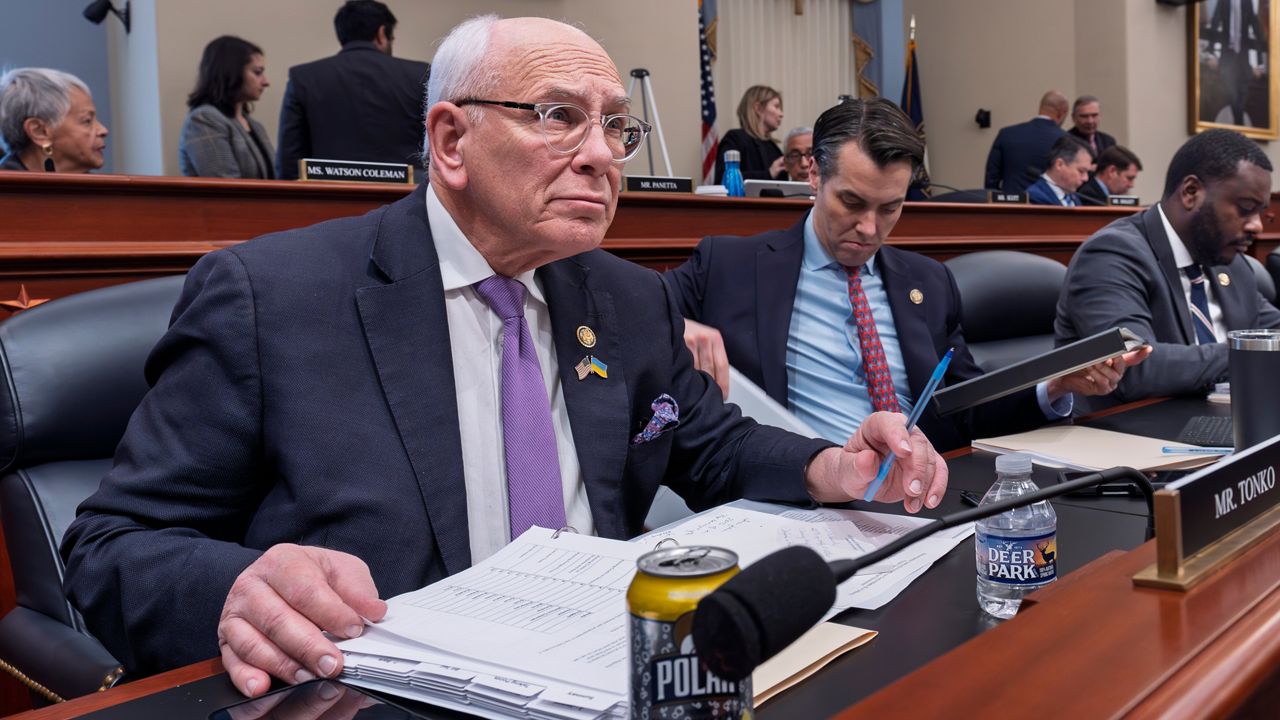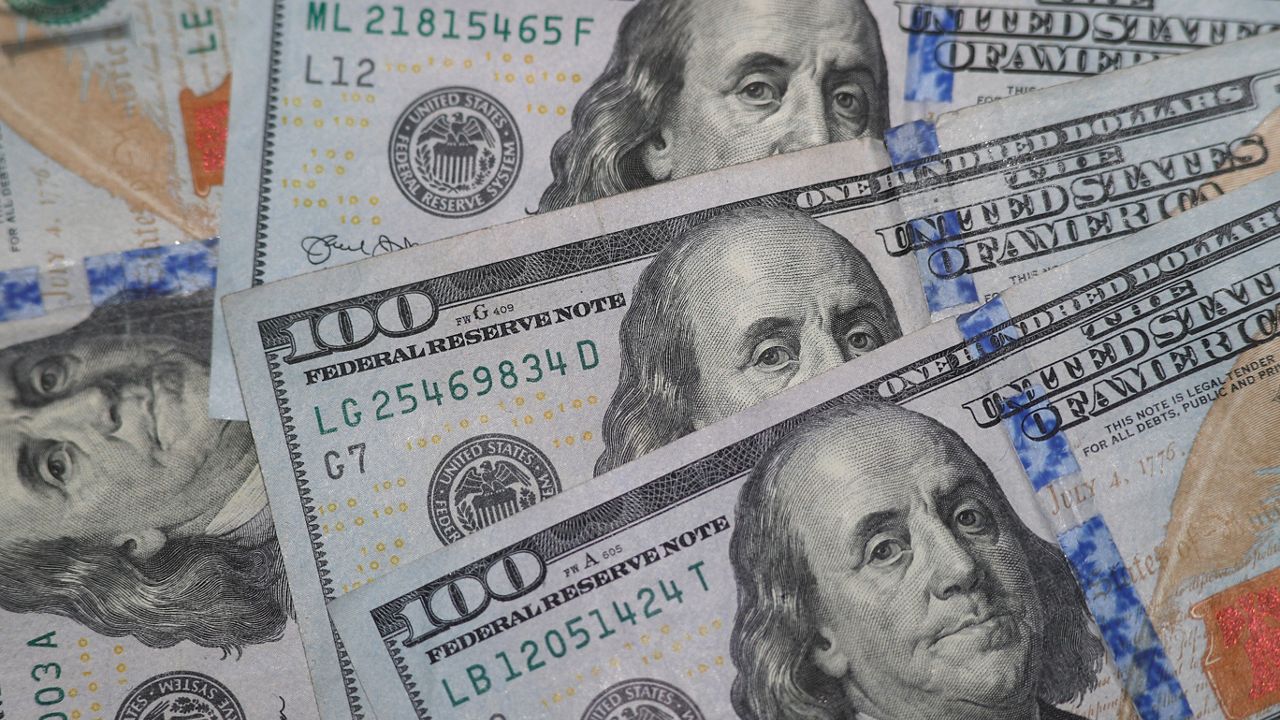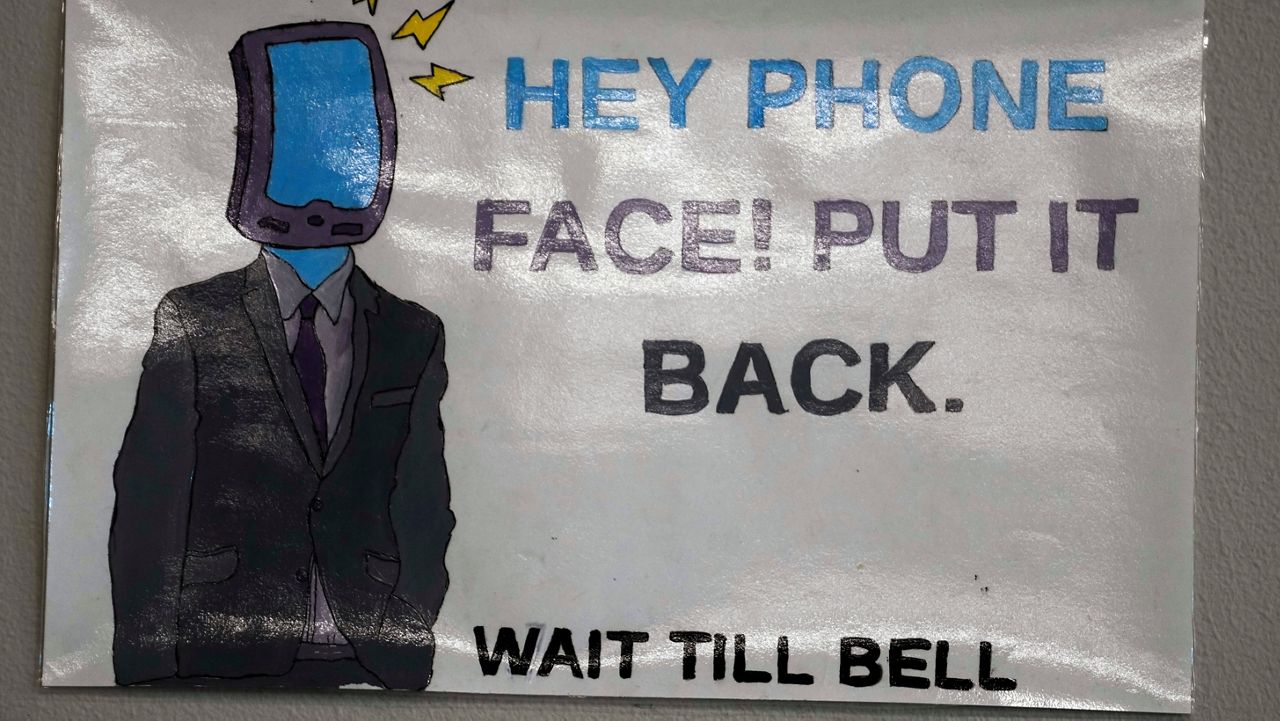If a person’s health depends on daily medication, chances are they’re spending hundreds of dollars a month at the pharmacy.
“Coverage gaps, high co-pays and expensive medications are problems we face every day in pharmacy,” said Isaac Mall, the clinical director at Crestwood Pharmacy in Albany. “And I’ve been seeing it for the past five years.”
Most of the time, these people are elderly, living on fixed incomes.
“Almost $600 I paid this quarter on my medications,” said Steve Kolnick, a frequent Crestwood customer. “I’m 78 years old and I’m retired.”
Kolnick pays that bill every four months for 11 medications, forcing him to adjust other aspects of his life.
“Cutting everything down to a smaller amount of food that I buy, the place that I go and how much I use my car,” he said.
Just one of Kolnick’s prescriptions costs more than $400 a month. It falls on a list of the 10 most common, costliest prescription drugs among seniors, per the U.S. Food and Drug Administration. Most are used to treat diabetes, heart diseases and various cancers.
“You’ve heard all of these advertised on TV,” U.S. Senate Majority Leader Chuck Schumer told reporters during a press conference at the pharmacy Tuesday. “They’re very well-known drugs.”
The list was created as a result of the Inflation Reduction Act, which allows Medicare, for the first time, a chance to negotiate the price of the drugs.
“Eliquis deals with blood clots and there are over 200,000 seniors in New York taking that drug,” the senator explained. “You used to pay $521. Now, it’s only $231.”
The senator said the next phase comes in January, when a $2,000 out-of-pocket spending cap for Medicare beneficiaries starts, $1,100 less than the cap this year.
“The population 65 years and older is growing. We’re going to be 25% of the population in a couple years,” New York Statewide Senior Action Council Executive Director Maria Alvarez said. “We need to make sure 25% of the population of New York is healthy.”
Kolnick applauds these efforts and will see some savings, but believes more can be done.
“I just wish both parties would come together and work harmoniously to solve the problem,” he said. “Because us seniors and the future generations are going to need all the help we can get.”






